Bruce Tilley began dealing in furniture 40 years ago. “Nobody in rural Pennsylvania was buying Art Deco at the time, so I could get it for nothing,” says Tilley, explaining how he’d seek out the best pieces he could find and then sell them at a weekly local flea market to dealers from New York and Philadelphia. In 2012, Tilley found a gap in the market and decided to launch his own business. He founded Décor NYC, a high-end, luxury consignment store, set in a dramatic 6,500-square-foot showroom space in the Chelsea neighborhood of Manhattan. Tilley spoke with Worth about what distinguishes his business, how he finds one-of-a-kind treasures and why he’ll never leave New York City.
What made you decide to launch Décor NYC?
In New York, there are so many people who have great treasures, but when it’s time to redecorate or move, they have nothing to do with the items they no longer want. That was when the light bulb went off. I started exploring consignment stores around the country. There was really nothing to this level anywhere, let alone in New York. To find a void in New York City is kind of a miracle.

So how did you approach your business?
Our goal is to repurpose at a gallery level. With a certain level of clientele, they’re all friends, and they’re all buying and selling and moving. Through word of mouth, we’ve established a reputation that we provide a higher level of service. That’s how we built the business.
Who is your clientele?
We have two sets of clients: One is our consigners, who are like our vendors, and the other is our consumers, clients who come in to purchase. We have a very large designer base. We have items in here that are showroom quality, showroom condition, from model apartments or were never really used. Some people bought things that were mistakes—they can’t get it in the door, or it’s too big for the room. In the age of the internet we get customers from all over the world: When we first opened, we had a family from Ecuador come in to our store, and they continue to be big clients today. We just shipped a dining room suite to Finland. You can equate it to people who go to flea markets—only these people are not looking for the junk; they’re looking for treasures.
Who do you see as your competition?
There are some online ecommerce sites that have followed our footprint and do a very good job; they consign for a broader base—places like eBay, Charish, Apartment Deco, Viyet. But we offer one thing they can’t and don’t: You can come in, you can see, feel, touch and inspect the items. You cannot do that online. We have a showroom, and we take great pride in having invested in real estate. I provide a quality gallery for people to repurpose quality furnishings. That is what separates us.

I provide a quality gallery for people to repurpose quality furnishings. That is what separates us.
How did you find this showroom space in Chelsea?
We looked at many different areas. I liked that Chelsea has remnants of the old-world neighborhood flea market, antique dealers, showrooms. Then there were upholstery people and designers’ offices. It’s also at the heart of all the West Side subways.
Were you hesitant to take on such a large space?
This space was empty for many years. I knew that it was going to be a challenge and, yes, scary. But it’s a great space that just fits exactly what we need. We have 6,500 square feet on the street level and a 4,500-square-foot lower level, which works as our warehouse. Having this big space on street level seems perfect.
Would you ever expand to another affluent market—like Miami or LA?
No! I work seven days a week. And there’s no more time in the day. I have one location. Real estate is a killer. The rents are so exorbitant in any metropolitan area. Also, every day I find out something new I didn’t know. I can’t transfer everything I’ve been exposed to over the last 40 years and just give it to somebody and expect them to know. You have to have a trained eye.
How would you describe your product offerings?
We have an eclectic mix of high-design furniture from multiple periods—from Art Deco to mid-century to contemporary. If you go to an antique dealer to sell a mid-century piece and they only deal in Art Deco, it’s not the right fit. Everybody has their niche, and our niche is quality, excellent condition, great craftsmanship and great design.
So how do you decide what items you will and won’t accept?
Condition. Condition. Condition. Quality. Quality. Quality. And then style. I can only be a judge of a style because the clientele will certainly confirm that. We try to pick the things that are timely for today’s market. And then we decline a lot. We can’t be everything to everyone.
We decline a lot. We can’t be everything to everyone.
When you were getting Décor NYC started, how did you stock up?
I started networking with everybody I know in the design industry. I was very lucky: One client happened to buy an extreme amount of furniture—all of the best quality—for a 10,000-square-foot home she was buying. Then she ended up not buying the home, and all the furniture was arriving. So I ended up with all this amazing product from B & B Italia, Lorin Marsh, Ligne Roset, Holly Hunt—all of the best showrooms in the city—all from one consigner. It put me on the map. That was right after I opened.
What do you think informs the types of products that are popular at a given time?
In the city we now have a surge of big glass high rises, which has changed the buying habits of people. And technology has changed buying habits. Both have influenced a different level of minimalism. It’s hard to imagine 19th-century period pieces in a glass high rise. Everybody is getting rid of their old-world tradition and going modern. Modern minimalism sells now. Contemporary sells. Clean lines, quality finishes have taken the place of ornate. Nobody seems to want anything high. They don’t want anything to obstruct their view or to minimize the open space.
What are some pieces you have in your gallery right now that you really love?
Right now I have some antiques that I think are statement pieces. There’s an 18th-century Dutch carved chair that I love. It’s an accent chair that could mix with other designs that are minimal. And it’s comfortable—that’s the amazing thing.
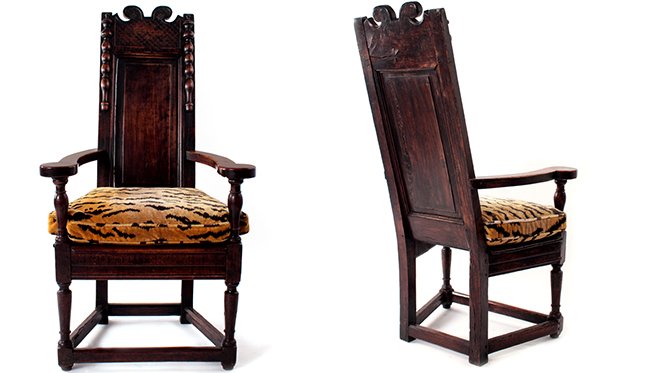
I love it when dining chairs have the proper seat depth, the proper pitch of the back. I’m thinking of some Gio Ponti chairs that I got from the original owner, who purchased them from the showroom with this little, magnificent table.
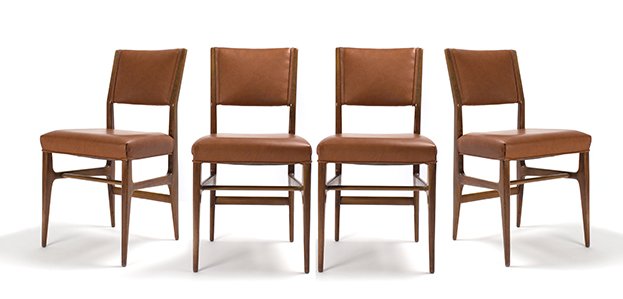
The great thing about the table is it’s a small, 38 inches, designed by Bertha Schaefer, and it expands to 104 inches. It’s perfect for New York City because who has room for a big dining table? When I get things that are beautiful and interesting, it’s exciting.
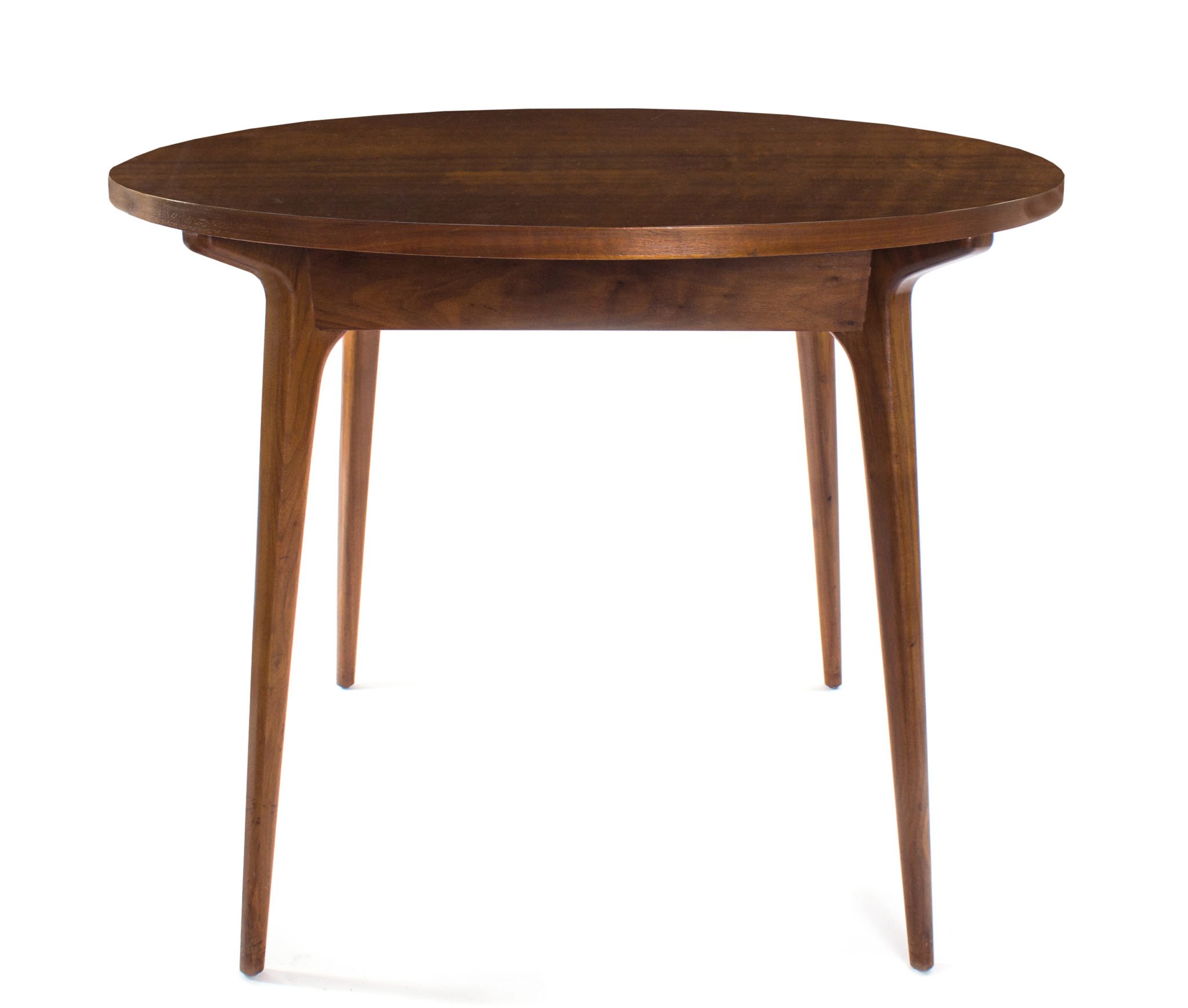
There’s this one chair, a Danish Larsen & Bender chair, that’s leather and has a patina—that’s different than bad condition. It’s the most comfortable thing ever. Not just for me—I happen to be short—but a 6-foot-6-inch-tall guy can sit in it and say exactly the same thing. To me that’s great design.
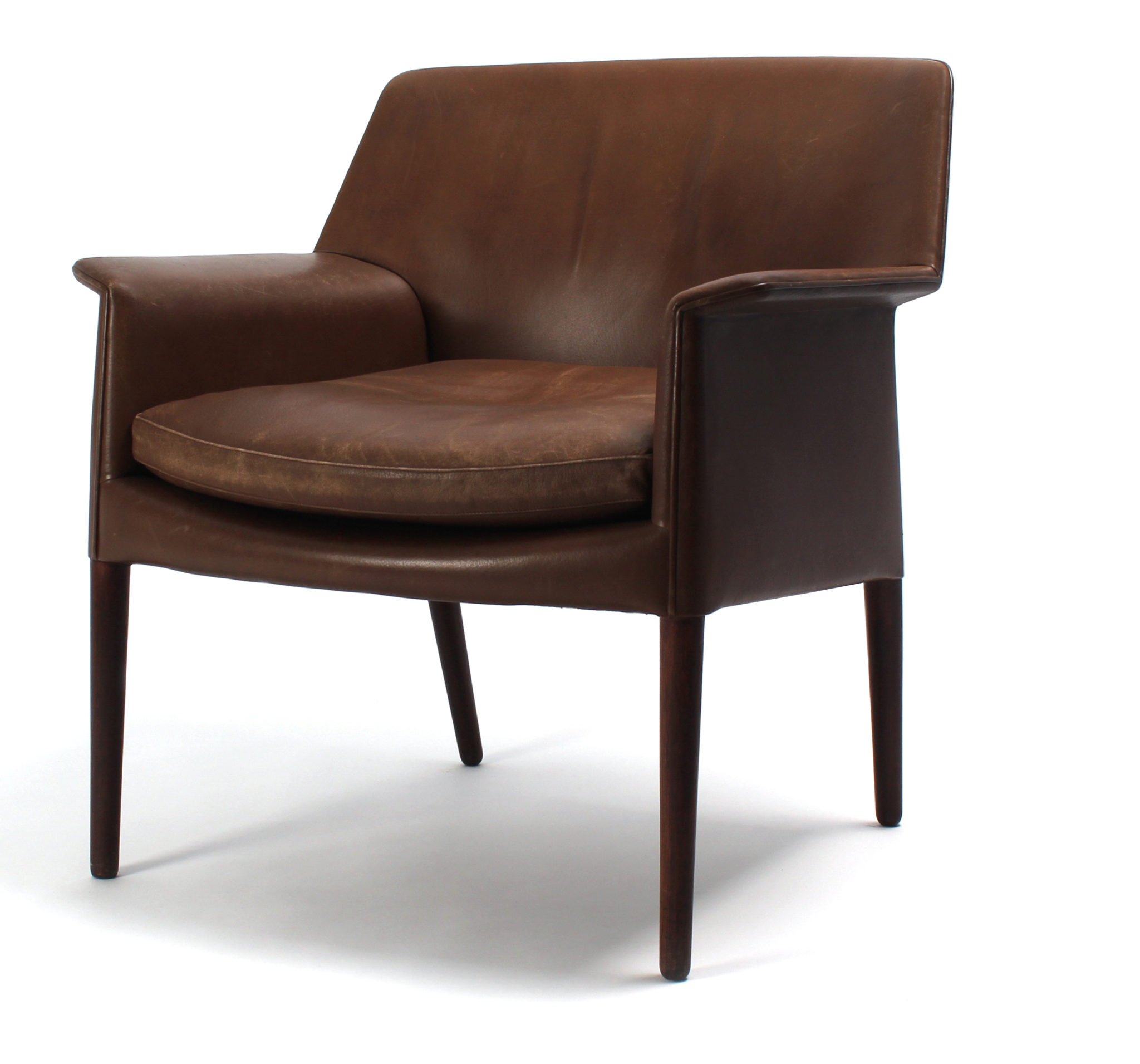
I also have a pair of custom side tables that a designer made for a client, and they are unlike anything else in the marketplace. They’re oval with a lower shelf compartment, and inside it’s ivory lacquer with dark walnut wood.
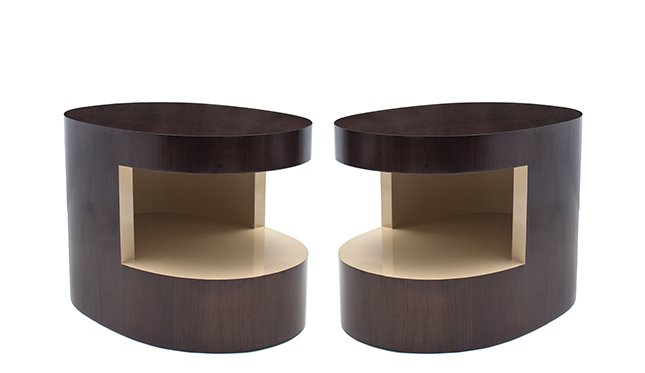
Do you ever consign things from here?
If you work in a candy store, then you don’t eat candy. It’s the same thing here. But if there’s something that’s been here for a while, no one else has bought it, and I think it fits our needs, then we may consider buying it. However, if something has been here for a long time and hasn’t sold, the consigner has the option to take it back or donate it to Housing Works; nine out of 10 prefer to donate to it.
Décor NYC, 159 West 25th Street (at Seventh Avenue), 212-488-4977, decornyc.com










